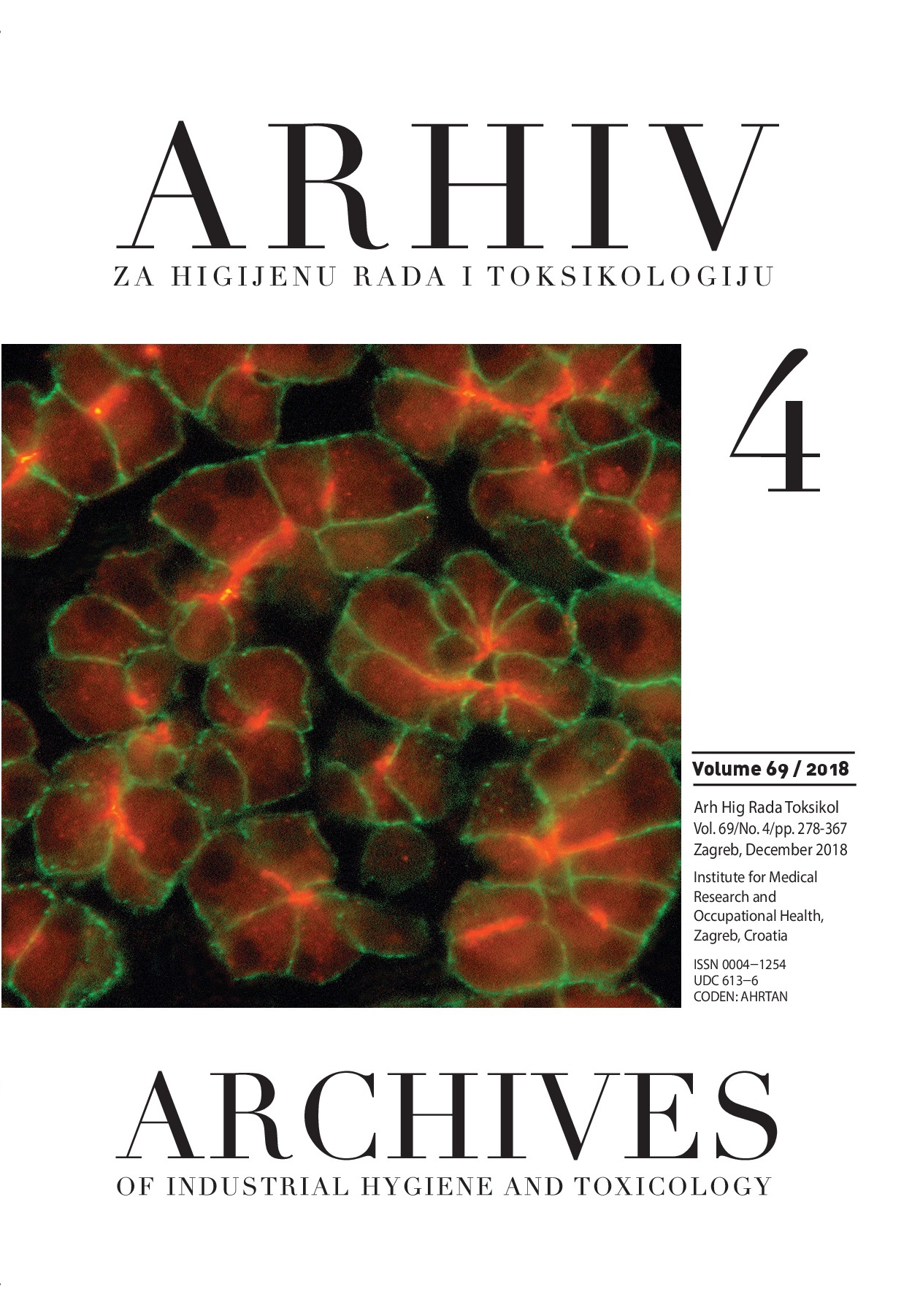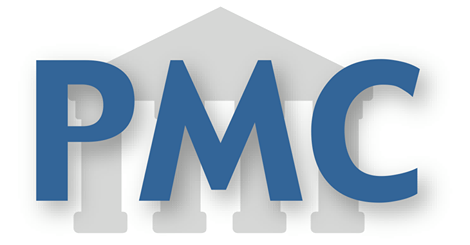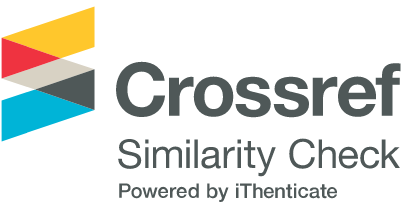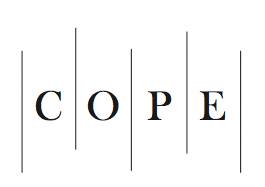Residential green and blue space associated with better mental health: a pilot follow-up study in university students
Keywords:
anxiety, depression, greenness, mediation modelling, waterAbstract
Previous research has suggested that natural urban environment (green space and blue space) benefit mental health, but only a few longitudinal studies have explored the underlying mechanisms. In this pilot study we aimed to examine mechanisms/variables mediating associations between residential green/blue space and symptoms of anxiety/depression in 109 Bulgarian students from Plovdiv university. The students were followed from the beginning to the end of the school year (October 2017 to May 2018). Residential green space was defined as the mean of the normalized difference vegetation index (NDVI) in circular buffers of 100, 300, and 500 m around their residences. Blue space was assessed based on its presence in the same buffers. Levels of anxiety/depression were assessed using the 12-item General Health Questionnaire. The investigated mediator variables included residential noise (Lday) and air pollution (NO2), environmental annoyance, perceived restorative quality of the neighbourhood, neighbourhood social cohesion, physical activity, and sleep disturbance. Cross-sectional data (obtained at baseline) showed that higher NDVI correlated with better mental health only indirectly through higher physical activity and restorative quality. Longitudinal (follow-up) data showed improved mental health but no significant effect of mediator variables. Similarly, blue space correlated with better mental health in all models, but physical activity and restorative quality were significant mediator variables only in the cross-sectional analysis. Our findings support that green space and blue space are psychologically restorative features in urban environment. Future research should replicate these findings in the general population and employ longitudinal modelling tailored to the specific mechanisms under study.










